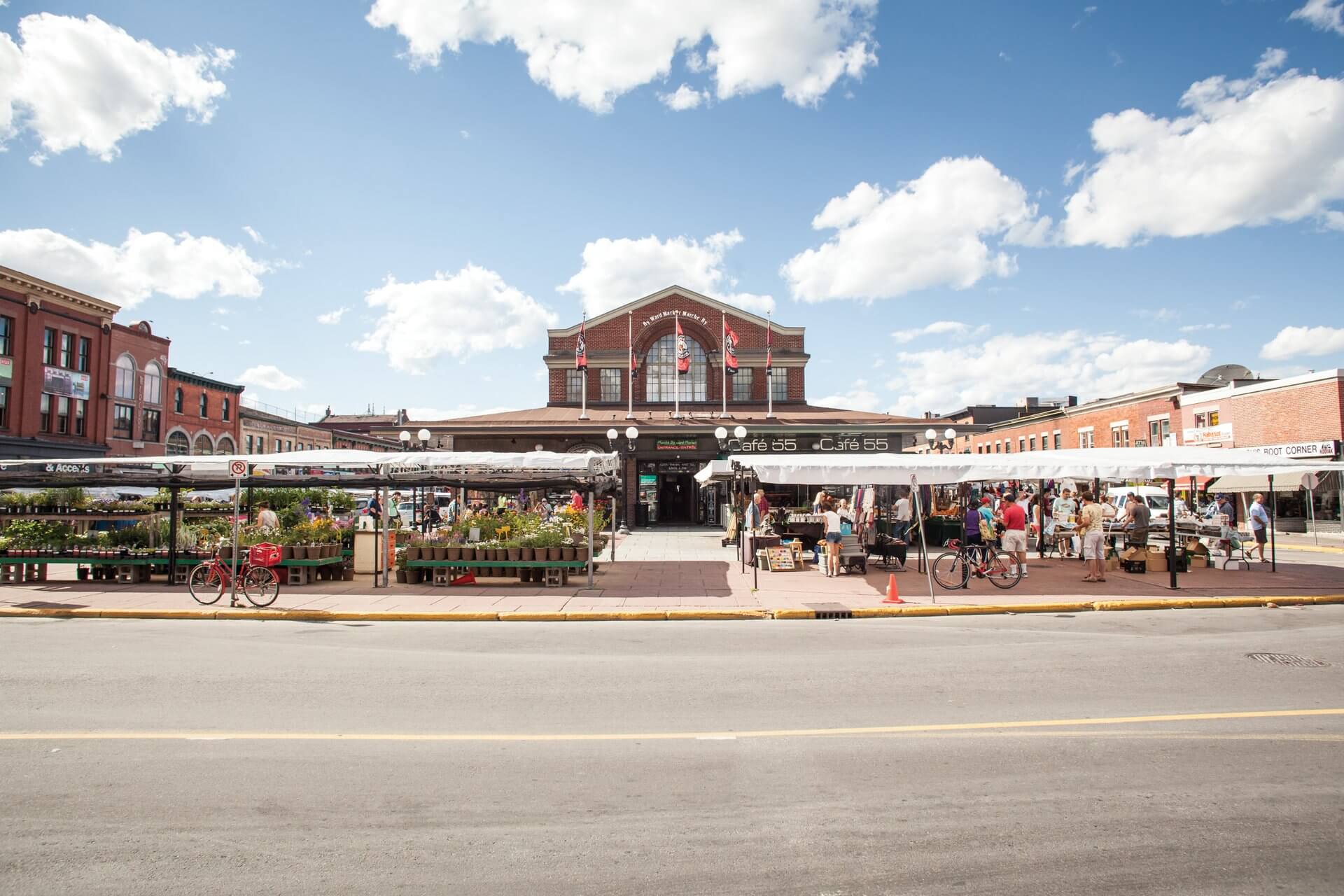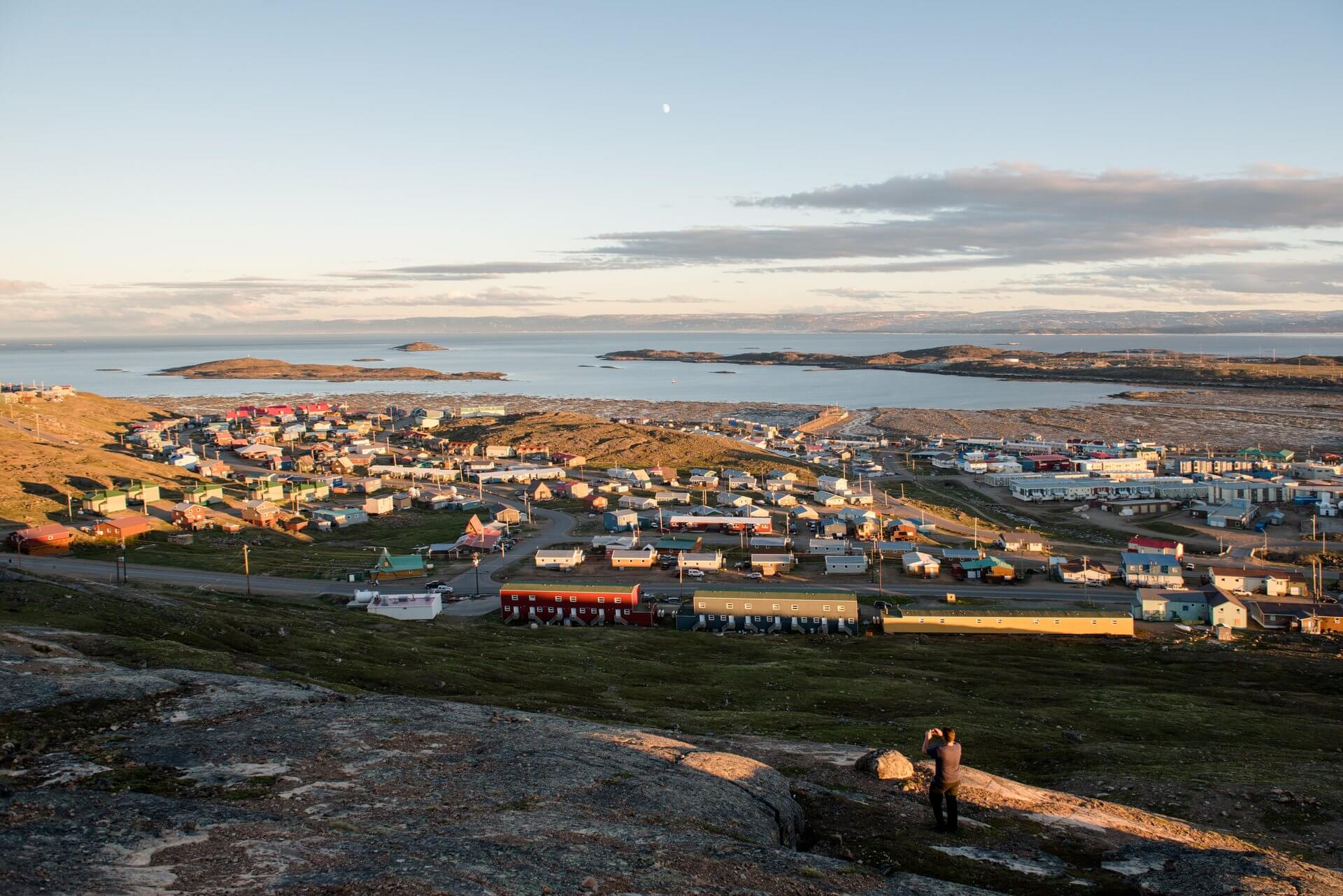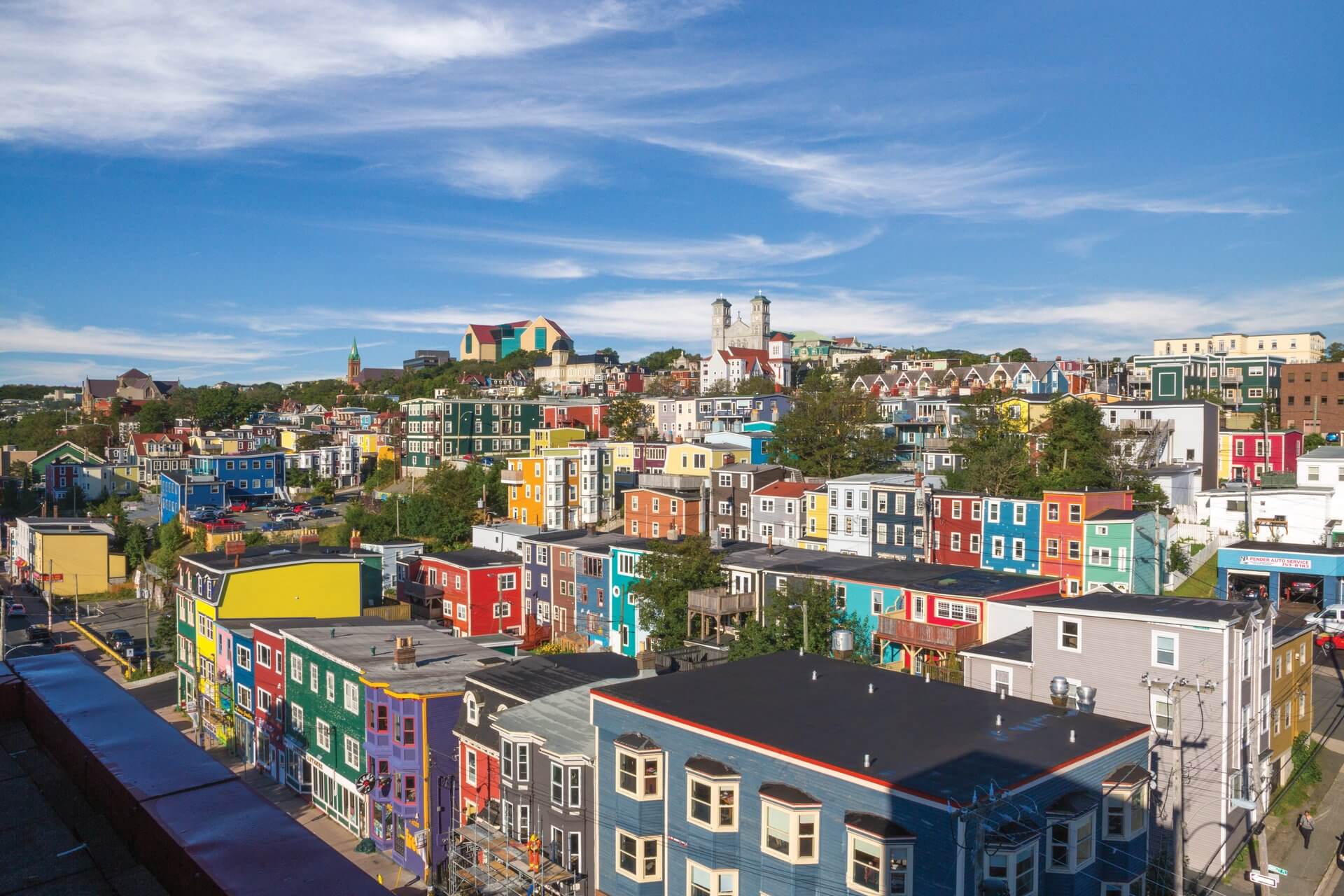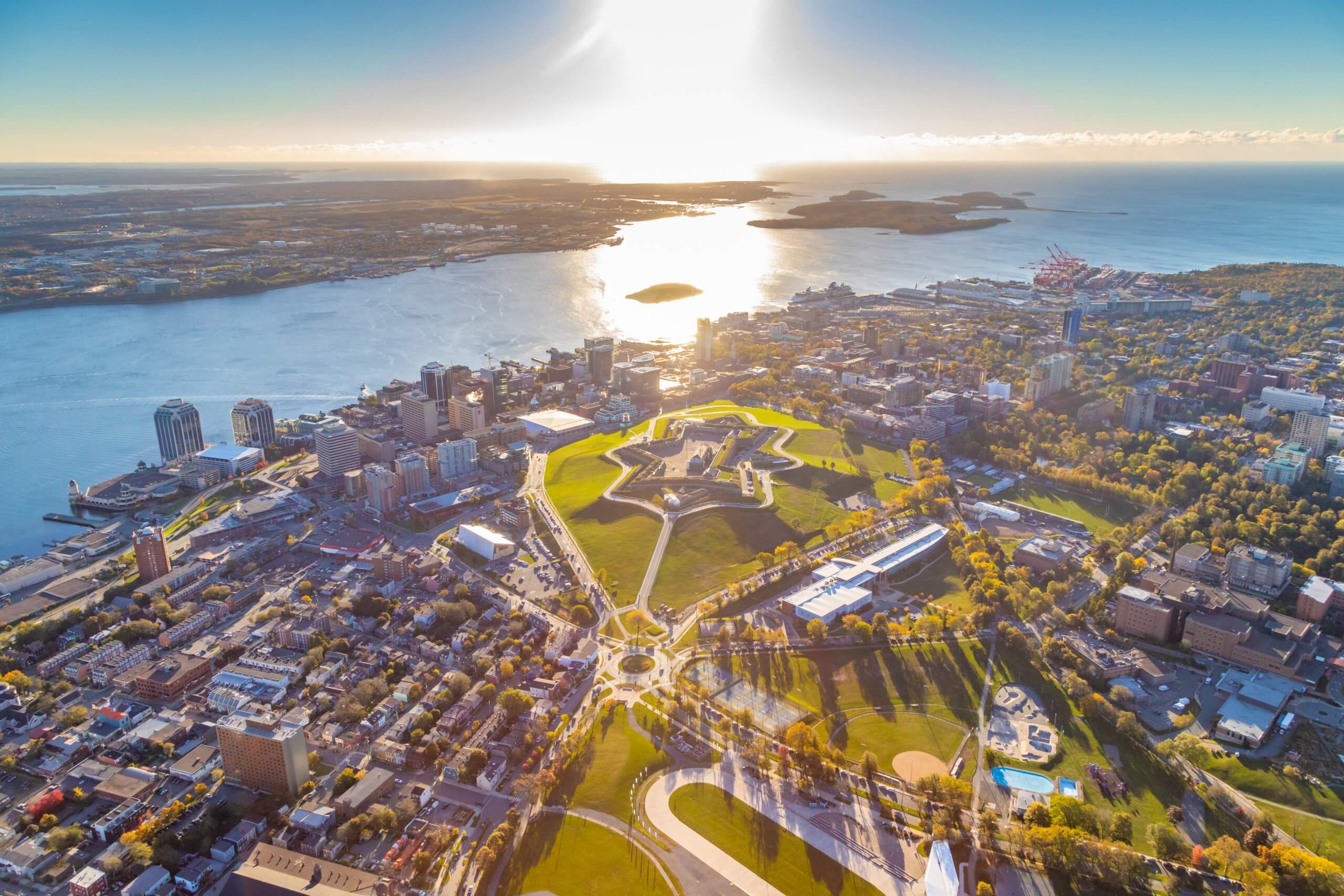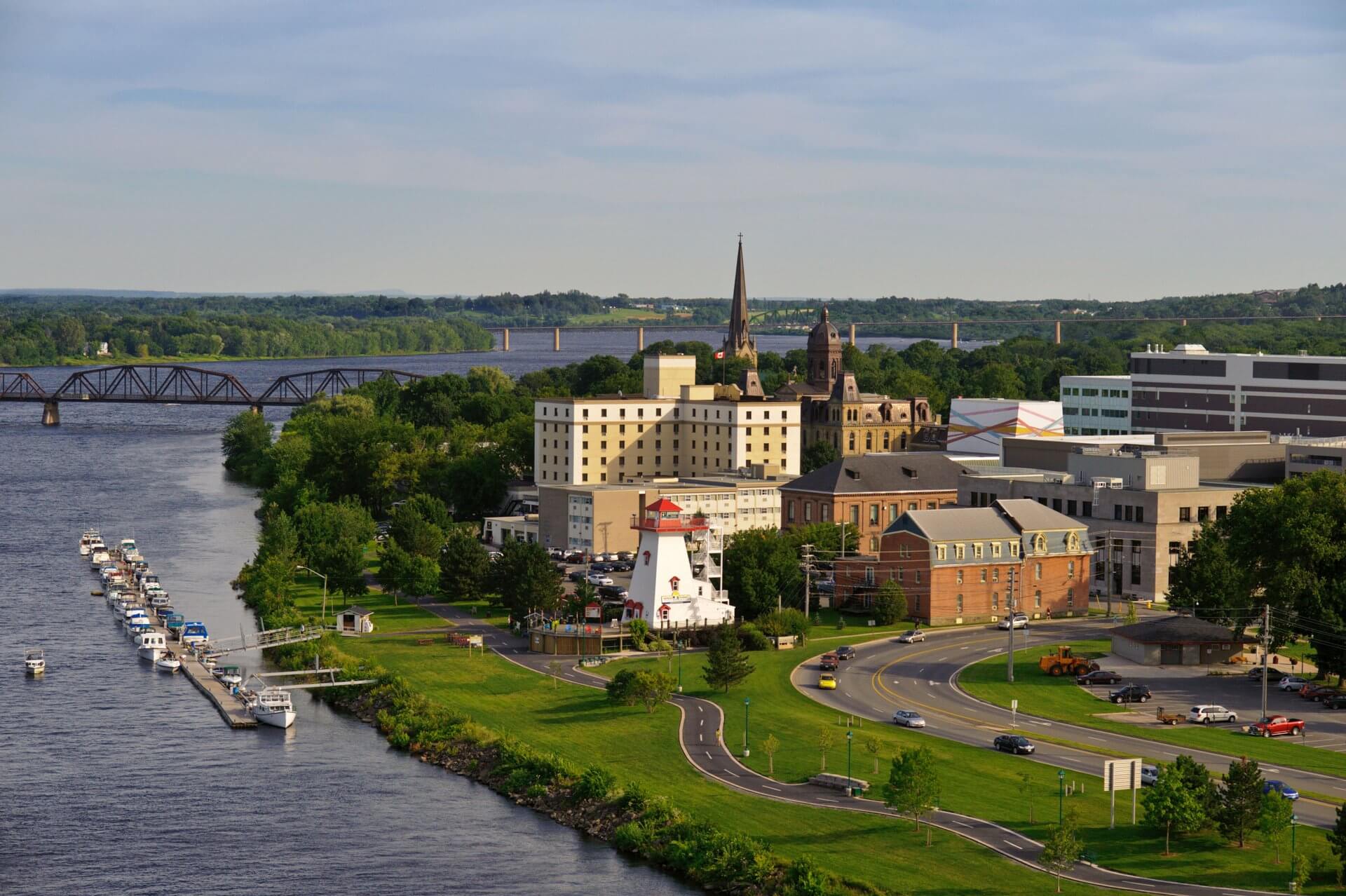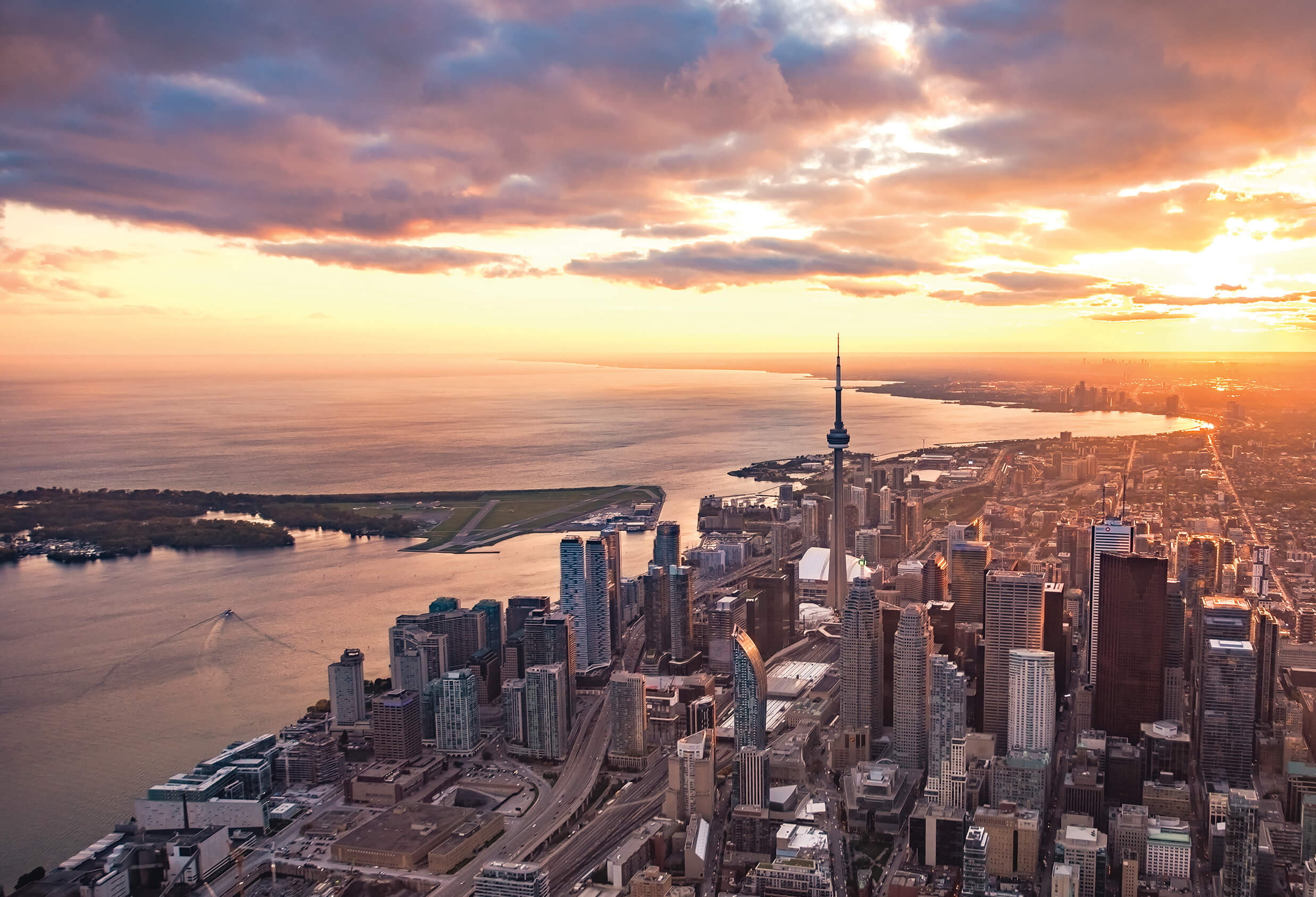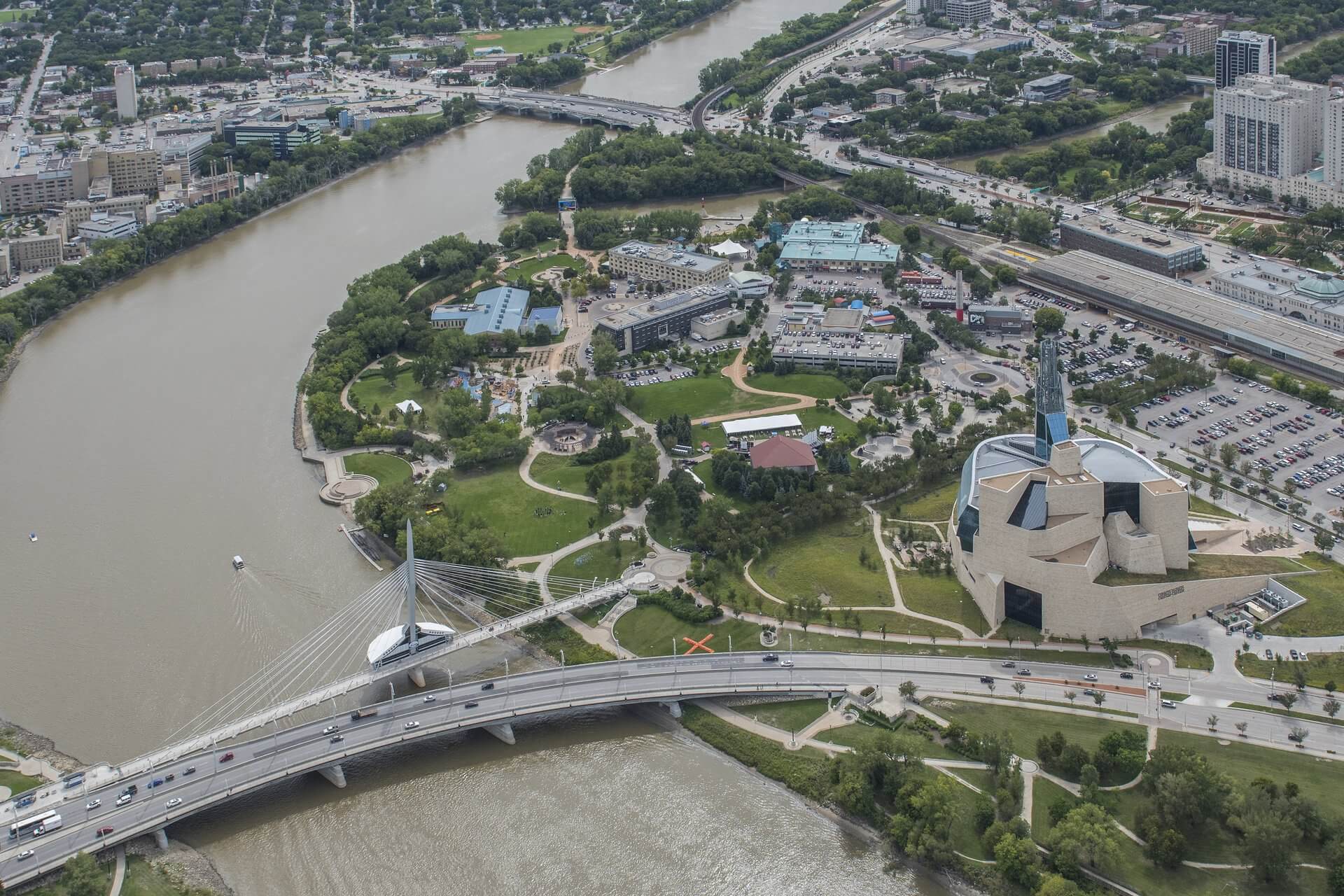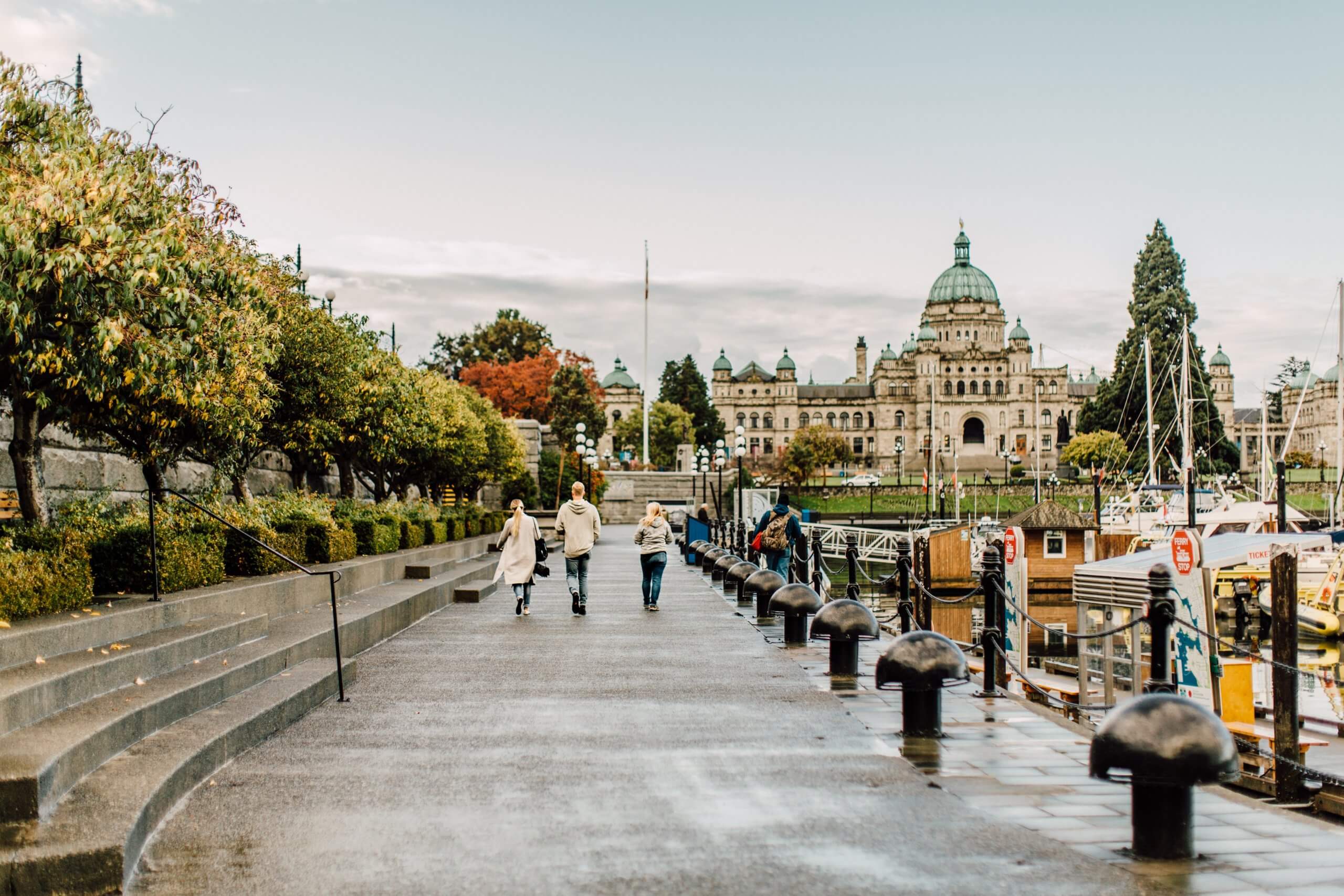A Short Guide To Canada’s Capital Cities
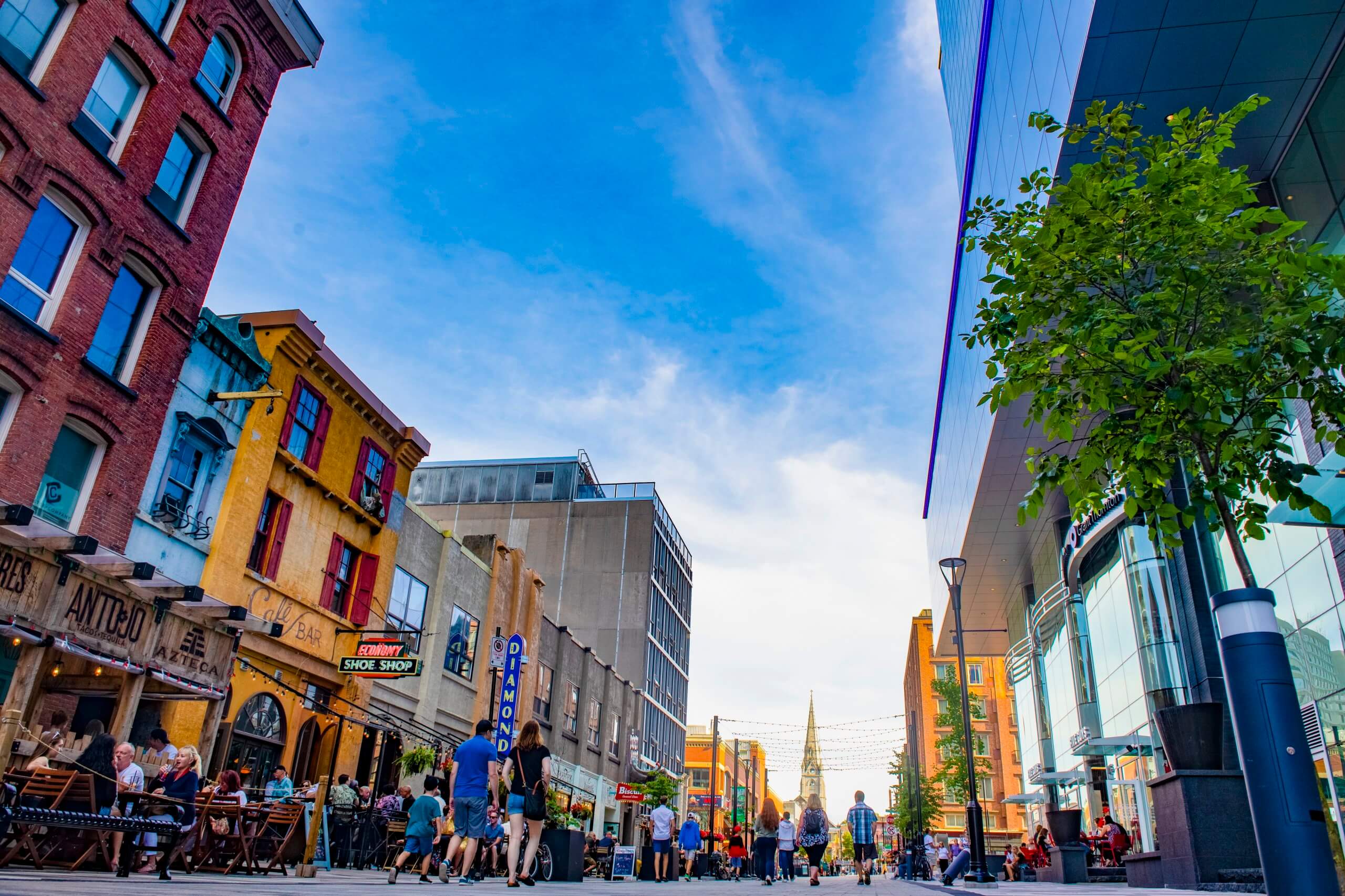
Whether you’re looking to enjoy incredible food by some of the country’s best chefs or rich history and lively culture, these cities deliver. Read on for our short guide to Canada’s 14 capital cities (one national, three territorial and 10 provincial) and learn about the interesting things to do in each distinctive city.
Ottawa, the Nation’s Capital
Located in eastern Ontario, on the border with Québec, Ottawa is Canada’s capital city — a vibrant mix of green spaces and government buildings, good dining and lots of cultural events. For visitors, Ottawa has a walkable city centre and plenty of great neighbourhoods to explore. And if you need a break from sightseeing, nature is just steps away.
Read more about the things to see and do in Ottawa.
Whitehorse, Yukon
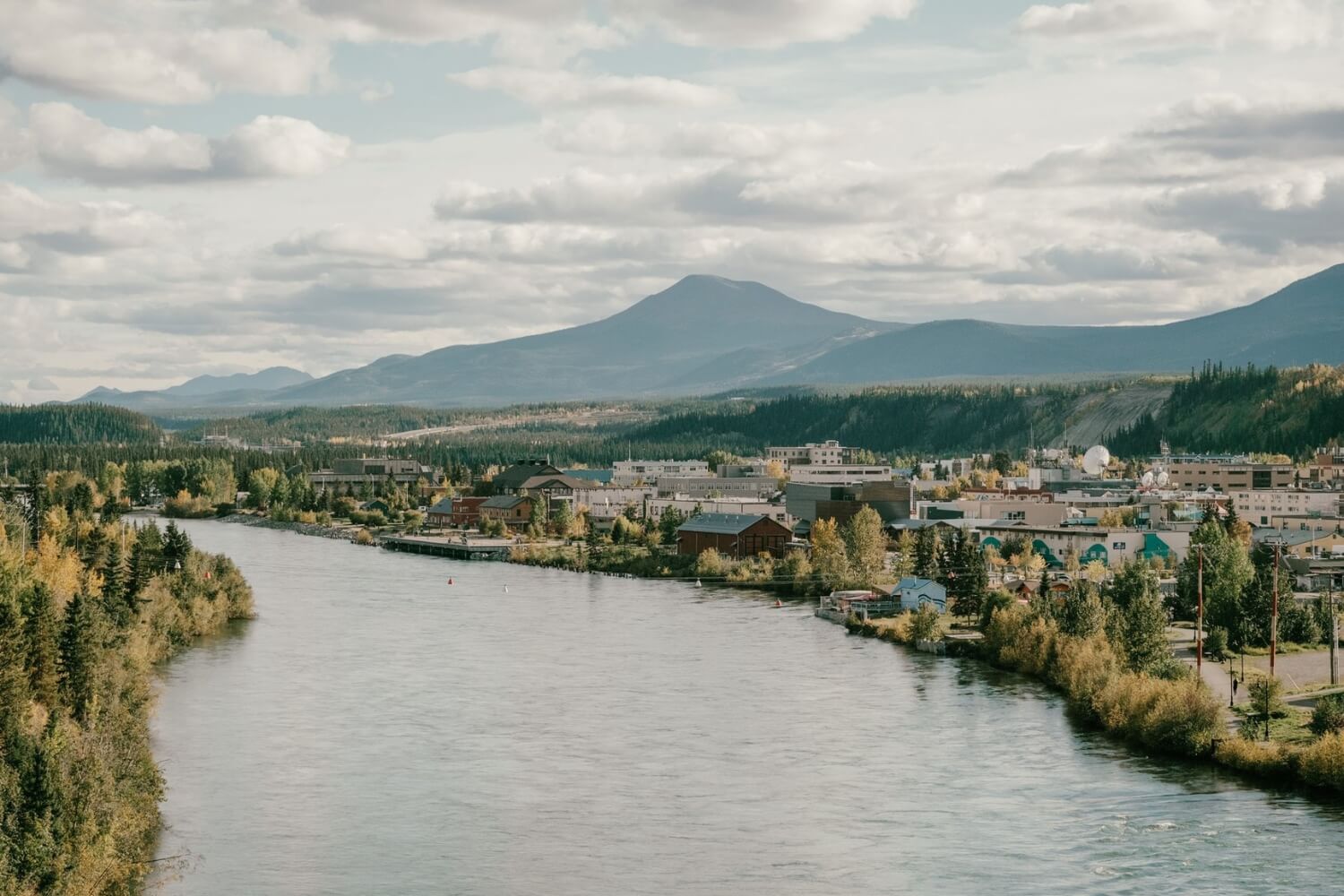
The scenery is stunning any time of the year and there’s always something fun happening in the city, making Whitehorse a truly year-round destination. Come in the summer for balmy temperatures and long days that equal outdoor fun, from free music concerts to kayaking in the river. Or visit in the colder months for a taste of northern winter and a chance to catch the stunning Aurora Borealis.
Read more about the things to see and do in Whitehorse.
Yellowknife, Northwest Territories
Nestled on the shores of Great Slave Lake in the spectacular Northwest Territories is a cool capital city with a lively small-town vibe. In Yellowknife you’ll find all the city essentials — from shopping and dining to a variety of arts — but surrounded on all sides by vast stretches of wilderness.
Home to about 20,000 residents, Yellowknife is located due north of Alberta and nearly 5,000 km northwest of the nation’s capital. Although Yellowknife may feel remote, it is actually quite easily accessible from many cities in Canada. Direct flights to Yellowknife are available from Toronto, Vancouver and Whitehorse, among others.
Read more about the things to see and do in Yellowknife.
Iqaluit, Nunavut
Iqaluit is located on Baffin Island in the Qikiqtaaluk region of Nunavut, more than 2,000 km northeast of Ottawa. With tundra valleys and ice-capped mountains, Nunavut’s capital city is unlike any other in Canada. Here you won’t find a busy metropolis of highways as there are no roads that connect Iqaluit to any of the other 24 separate communities of Nunavut, nor are there any roads that connect Nunavut to the rest of Canada.
Set along the hills of Frobisher Bay, Iqaluit is Canada’s newest capital city — established in 1999 when Nunavut was officially recognized as its own territory — and is home to a thriving community of nearly 8,000 people. Visitors who come to experience the Arctic landscape of this far north region will also find a vibrant arts scene and a welcoming Inuit community — and gain a glimpse into the history of the Nunavut territory.
Read more about the things to see and do in Iqaluit.
St. Johns, Newfoundland
Colourful in both architecture and personality, the historic capital city of St. John’s is a worthy destination any time of the year. If you find yourself flying to Newfoundland, there’s a good chance you’ll start your exploration of the province in its capital city. But even if you take the ferry or fly into a different town, we highly recommend allowing at least a few days to hang out in lively St. John’s — or longer if time allows.
Read more about the things to see and do in St. Johns
Charlottetown, Prince Edward Island
Situated on a broad harbour opening up into the Northumberland Strait, Prince Edward Island’s capital is a beautiful seaside city with a welcoming vibe. Visitors who come to Charlottetown fall in love with the gorgeous scenery, the friendly residents and the close proximity to beaches and attractions.
It has a walkable downtown core, a scenic harbourfront and plenty of space for cycling. From quiet moments in nature to vibrant nightlife, you’ll find it all in Charlottetown.
As the capital of Canada’s smallest province, Charlottetown is a great place from which to explore the rest of the province.
Read more about the things to see and do in Charlottetown.
Halifax, Nova Scotia
Beautifully set along one of the largest natural harbours in the world, Halifax is a charming place to visit. Whether you’re looking for urban exploration or fun in nature, Nova Scotia’s capital city delivers.
Situated on the Atlantic Ocean on the province’s southern shores, Halifax is the largest urban area in the Maritimes. You’ll find cultural spots — art galleries, museums, music venues and theatre — in abundance, as well as superb dining and shopping throughout the city. And all of it just steps away from gorgeous beaches and spectacular natural areas.
Read more about the things to see and do in Halifax.
Fredericton, New Brunswick
New Brunswick’s capital offers big city amenities but has the heart of a small town. The welcoming nature of Fredericton — both in layout and in its residents — makes this an amazing city to get to know. The winding Saint John River (or Wolastoq as it is known in its original Indigenous name) winds through the city and offers plenty of places to explore nature while the many pubs, restaurants and cafes liven up the downtown.
The city’s crown jewel is the Fredericton Trail system, where a network of 120 km of trails gives residents and visitors a chance to experience the beauty of the river and surrounding wooded areas. Take some time during your Fredericton vacation to experience the tranquility of the trails just steps from downtown.
Read more about the things to see and do in Fredericton.
Quebec City, Quebec
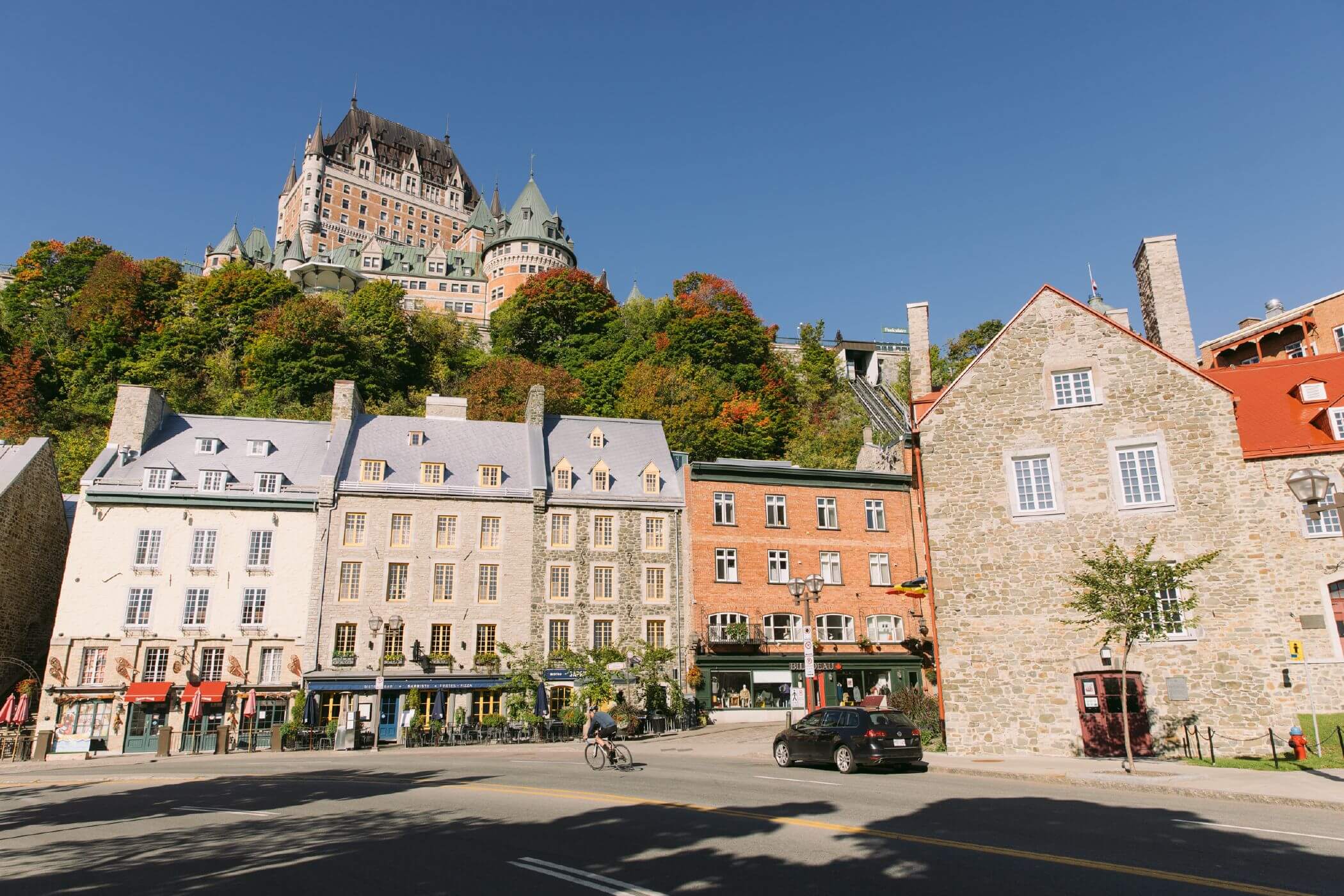
The beating heart of Québec City is the Old Town, the 400-year-old city centre and UNESCO World Heritage Site. The best way to experience the Old Town is to walk its cobblestone streets. You can sightsee on your own or take a guided walking tour where a local guide will make the history come to life.
Read more about the things to see and do in Quebec City.
Toronto, Ontario
Situated on the northern shore of Lake Ontario, Toronto is not only Ontario’s capital city but it is also the most densely populated urban centre in the country.
Toronto beckons travellers looking for a diversity of food, culture and events. But while Toronto can provide travellers with a bustling big-city experience with lots of landmarks and attractions to see, visitors are often surprised at the small-town feel of certain neighbourhoods. Read on to discover the best of Toronto.
Read more about the things to see and do in Toronto.
Winnipeg, Manitoba
Built around the spot where two rivers meet, Manitoba’s booming capital city is a fun and friendly place to visit. Winnipeg — or the Peg to locals — is set on the confluence of the Red and Assiniboine Rivers and is often seen as the gateway to the Prairies.
Visitors will love the art-filled neighbourhoods, excellent dining options and the huge amount of things to do year round. Winnipeg is a stop along VIA Rail’s Canadian, but is easily also reached by air from most major Canadian cities.
Read more about the things to see and do in Winnipeg.
Regina, Saskatchewan
Regina is a compact city located in the southern part of Saskatchewan, one of Canada’s three prairie provinces. It is the second largest city in the province (Saskatoon is a touch bigger) and is often referred to as “the Queen City” since Regina means queen in latin. The name was given to the city by Queen Victoria’s daughter.
The land on which Regina now sits was originally known as “oskana ka-asastēki” by the Indigenous people who lived and hunted in the area. It translates to ‘bone piles’ and was called this because it was the site where Indigenous hunters placed bison bones in an attempt to honour the animal’s spirit when it became over-hunted by settlers.
Read more about the things to see and do in Regina.
Edmonton, Alberta
With the largest urban park in all of Canada, tons of cool festivals and a great food scene, Alberta’s capital city should be on everyone’s list of must-visit Canadian cities. Sitting along the North Saskatchewan River, Edmonton is the furthest north of all of Canada’s provincial capitals. Visitors are often surprised at all there is to do in this vibrant city.
Getting to Edmonton is easy, with direct flights from a number of Canadian cities. Edmonton is also one of the stops on VIA Rail’s the Canadian train journey.
Read more about the things to see and do in Edmonton.
Victoria, British Columbia
With a picturesque island location surrounded by rainforests, mountains and the ocean, what’s not to love about British Columbia’s capital city? Victoria is easy on the eyes and a joy to explore any time of the year.
You’ll find Victoria on the southern tip of Vancouver Island off the west coast of Canada.
Victoria is a city designed for walking and cycling — scenic strolls along the Inner Harbour and Fisherman’s Wharf and bike rides along the ocean are excellent ways to explore the city. Popular attractions in the city include Butchart Gardens (which has 55 acres of gardens), Victoria Butterfly Gardens, Craigdarroch Castle and Canada’s oldest Chinatown.
Read more about things to see and do in Victoria.


